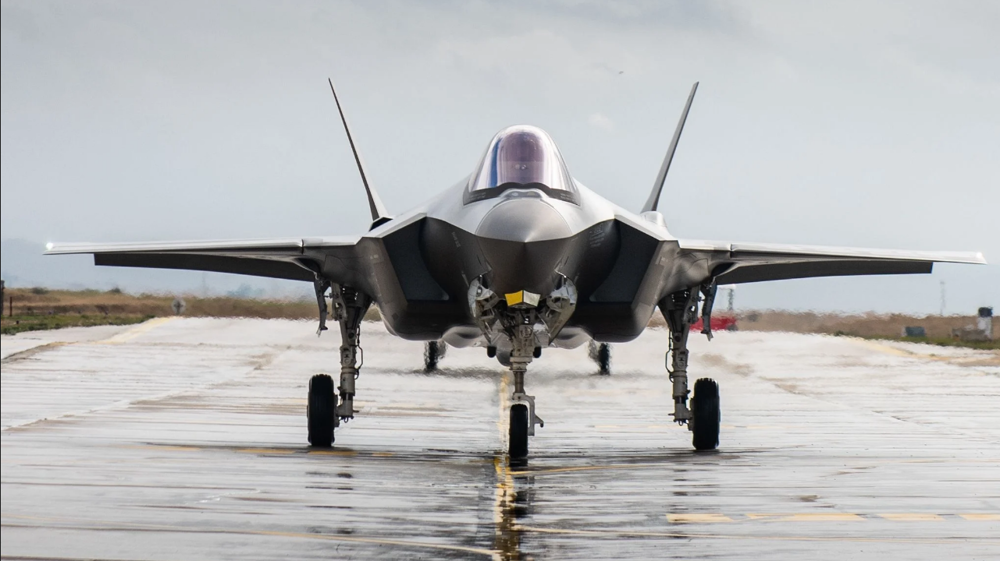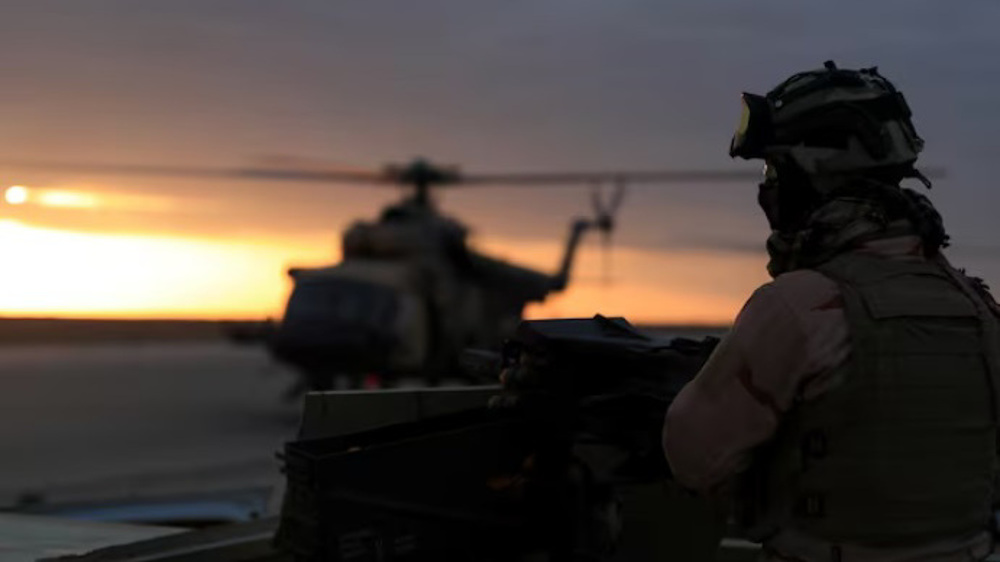Pentagon spending more on F-35 to make it nuke-ready
The US Department of Defense has revealed in a report that the cost for its F-35 fighter jet program is increasing as it plans to upgrade the aircraft with several new features, including the ability to deliver nuclear payloads.
In its latest acquisition report published last week, the Pentagon asked a higher budget for next year as the stealth jet fighter program’s cost grew by around $25 billion in 2018, the UPI reported Monday.
The report said the extra cost for the program was the "main driver" behind a 4-percent hike in overall military spending.
The increase comes as Lockheed Martin introduces new upgrades to the warplanes per requests by the Pentagon as it identifies new threats and battle requirements.
The latest upgrade package, known as Block 4, which includes modifications to existing planes and those in production that add new systems and weapons.
The ability to carry nuclear weapons, make more use of the advanced onboard software are some of the key features that will be added using the new budget.
The report indicated that adding such updates would drive up the expenses of deploying and maintaining the planes, another reason the budget increase was requested.
The costs will be covered throughout the F-35’s estimated 53-year lifespan, including design and development, repairs, modifications and upgrades, as well as spares and operations.
The increase in costs comes amid growing criticism that the F-35’s is suffering from too many technical issues despite running on an overblown budget.
Earlier this month, US Senator Chuck Grassley wrote a letter to Pentagon chief Mark Esper, where he said the issues that “plagued” the program endangered the lives of American pilots and resulted in financial waste.
Grassley urged the Pentagon to give clear explanations and prepare full reports on the program’s costs and installed parts that were not ready for use.
Esper told a congressional hearing last month that America’s fleet of roughly 300 F-35s, operated by the US Air Force, Navy and Marine Corps “is not expected” to reach the September 2019 readiness goal set by his predecessor, James Mattis.
Esper blamed a lack of “transparency” for pilots as the main reason behind the issue, referring to a shortage of aircraft canopies.
The F-35 uses specially designed canopies with anti-radar coating that prevent radar waves from bouncing off the inside of the cockpit.
According to documents obtained by Defense News, the Marine Corps’ vertical-landing F-35B and the Navy’s aircraft carrier-compatible F-35C both face what the services call “category 1” deficiencies, which in military term means they can prevent a pilot from accomplishing their mission.
The stealth coating on the F-35B’s body has sustained bubbling and blistering in test-flights, raising the possibility of radar detection.
The F-35C has faced structural damage resulting from the extreme heat produced by the plane’s single engine, one of the most powerful fighter jet engines ever made.
The problems have led the Pentagon to instruct F-35B and F-35C pilots to fly at supersonic speed for less than a minute at a time.
Russia’s Lavrov condemns Western plots for ‘regime change’ in Iran
‘No natural uprising’: Prominent global voices on US-Israeli role in engineering Iran riots
Trump threatens 200% wine tariffs on France to push Macron to join Gaza board
Yemen’s Saudi-backed PLC slams UAE for running secret prisons; Abu Dhabi denies
Swiss MPs move to strip UEFA of tax-exempt status over failure to ban Israeli teams
VIDEO | Massive Michigan pileup sees over 100 vehicles collide in highway crash
Diagnosing the roots of Iran’s economic turmoil
VIDEO | Press TV's news headlines











 This makes it easy to access the Press TV website
This makes it easy to access the Press TV website